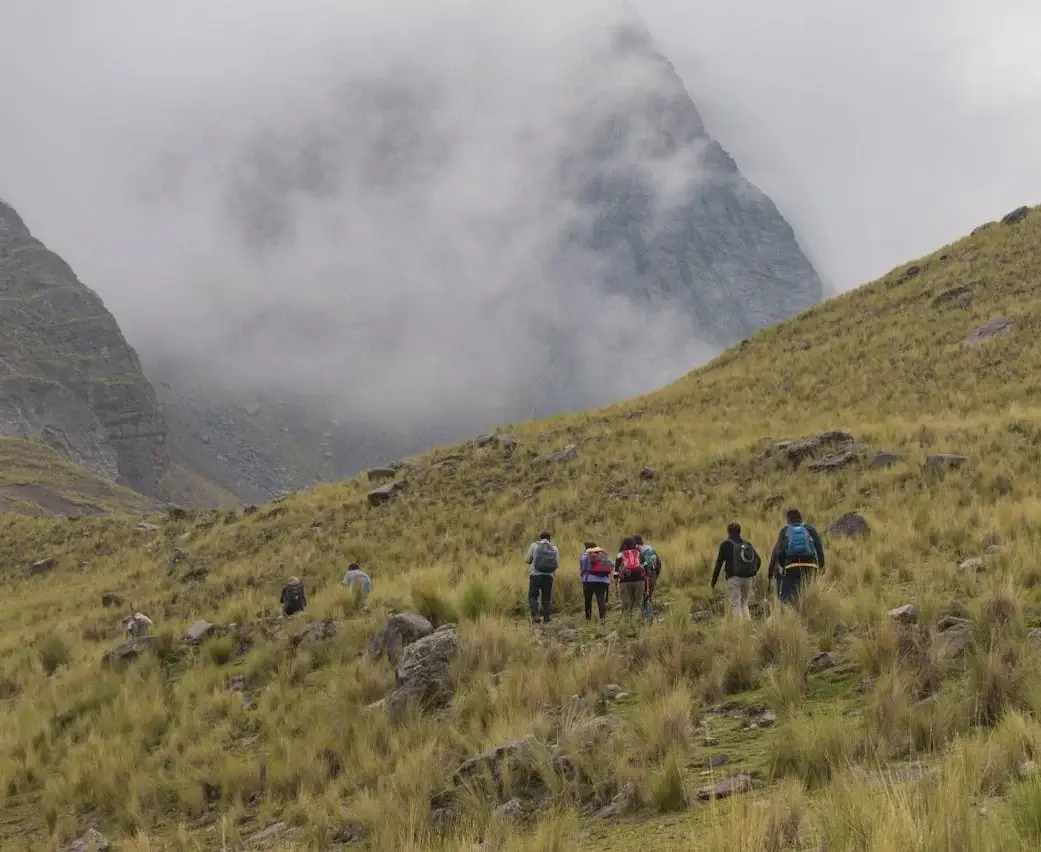Planning a trip to Peru is like opening the gateway to a world of contrasts towering Andes, lush Amazon rainforests, ancient Inca ruins, and colorful coastal cities. Whether you're trekking to Machu Picchu, floating on Lake Titicaca, or discovering the colonial charm of Arequipa, preparation is key.
Andean Travel Experience brings you this expert guide on how to prepare for Peru, filled with actionable tips to make your adventure smooth, safe, and unforgettable. From when to go and what to pack, to understanding local customs and transportation, we’ve got your journey covered step by step.
Let’s turn your travel dreams into a well-planned reality.
Best Time to Travel to Peru
Peru’s geography offers diverse climates depending on the region.
- Andes & Machu Picchu: Best between May–October (dry season)
- Amazon Rainforest: Ideal during the dry months for easier jungle exploration
- Lima & Coast: Best in summer (Dec–March) for sunshine
✨ Related Blog: When to Visit Machu Picchu for the Best Experience
Peru Entry Requirements and Visa Information
- Visa: Most North American, EU, and South American citizens can enter visa-free for up to 90 days.
- Passport Validity: Must be valid for at least 6 months after entry.
- Travel Insurance: Strongly recommended; many high-altitude areas are remote.
- Vaccines: Yellow fever is advised for Amazon regions. Hepatitis A & B, typhoid, and tetanus are also recommended.
Tip: Check your country’s requirements on Peru’s immigration website
What to Pack for Peru
General Must-Haves:
- Layered clothing (cold mornings, warm days)
- Waterproof hiking boots
- Power adapters (Peru uses 220V, Type A/C plugs)
- Sunscreen, hat, and bug repellent
- Anti-diarrheal and altitude medication
Specific by Region:
- Cusco / Sacred Valley: Jacket, gloves, hiking gear
- Amazon: Light clothes, mosquito spray, rain poncho
- Coast / Lima: Light sweaters, summer outfits
✨Related Blog: What to Pack for Peru
Health and Altitude Tips for Peru
- Altitude Awareness: Spend 1–2 days acclimating in the Sacred Valley before Cusco or Machu Picchu.
- Hydration is key: Coca tea helps, but consult your doctor for medication like acetazolamide.
- Food Safety: Avoid tap water; eat cooked food in reputable restaurants.
- Medical Access: Private clinics available in cities; bring your insurance contact details.
Money and Currency in Peru
- Currency: Peruvian Sol (PEN) – 1 USD ≈ 3.75 PEN
- Bring a mix of cash and cards (Visa is most accepted)
- ATMs available, but charge 15–25 soles per withdrawal
- Bargain in markets; pay cash in small towns
✨Related Blog: Peruvian Currency
Safety and Connectivity in Peru
- Tourist zones are generally safe (Cusco, Lima, Arequipa)
- Use official taxis or rideshare apps like Uber
- Avoid rural areas after dark without a guide
- SIM cards: Movistar, Claro, Entel offer tourist plans at the airport
- Free Wi-Fi is common in hotels and restaurants
Planning ahead your dream tailor-made tour is the best way to fully enjoy Peru's vibrant landscapes, rich history, and heartwarming hospitality. Whether you're trekking through the Andes or sipping pisco sours in Lima, a well-prepared trip ensures fewer headaches and more awe-inspiring moments.
Need help planning?
Contact our expert local guides and travel planners at Andean Travel Experience. We’ll tailor the perfect journey whether you're a solo traveler, a couple, or a multigenerational family.

